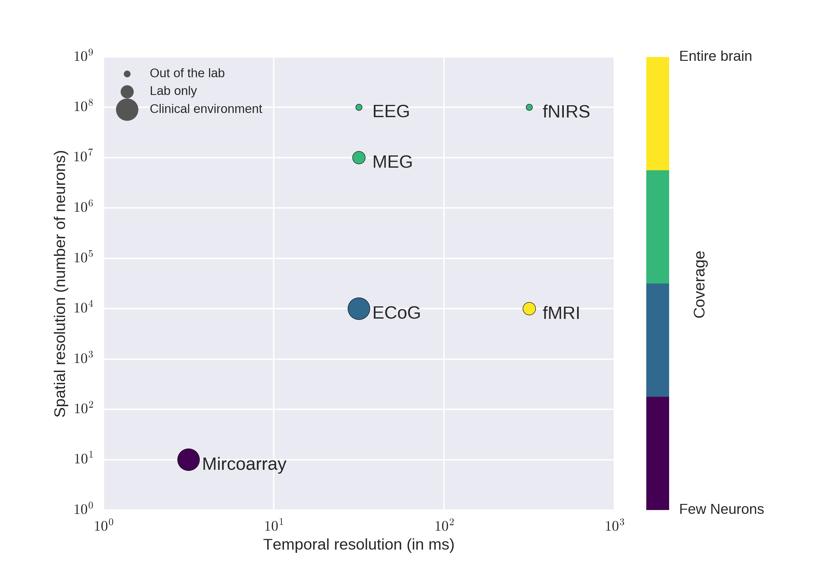Computer Interfaces and how will they change the world?
The sensors of brain computer interfaces are the most critical part of the entire system. A sensor is some sort of device (wire, detector, camera) that picks up a variety of different signals from the brain, including electrical signals, magnetic changes, or even the chemical changes present when certain areas of your brain receive oxygenated blood. The breadth of the signals, however, is reliant almost entirely on the sensor. To put it into perspective, the best implants can accurately record a couple individual neurons. While larger sensors have the ability to record entire portions of one’s brain, they do so at a significant reduction in clarity. Almost without fail, the many researchers, doctors, and postgrads I spoke with all told me that the advancement of this field falls on, among other things, the improvement of sensor technology. The more neurons accurately picked up, the more data and possibilities to control things. Currently the available sensors fall into one of three categories.
- Noninvasive Sensors (placed externally, e.g. on the head, along the body, etc.)
- Semi-Invasive Sensors (implanted in your body, but not directly into your brain)
- Invasive Sensors (implanted in the grey matter of the brain)


It is important to understand the difference between temporal resolution and spatial resolution, as well as what an “ideal” sensor would look like. Temporal resolution is the speed at which a sensor can process changes in the brain. Systems like fMRI and fNIRS (which you will read about more in blog posts to come) take a significantly longer time than an implanted micro array to pick up changes in the brain. Spatial resolution, on the other hand denotes the ‘accuracy’ of the signals picked up. An EEG monitor, has a very poor spatial resolution. The ideal sensor would be located in the lower left hand of the graph, cover the entire brain, and be available out of the lab.
